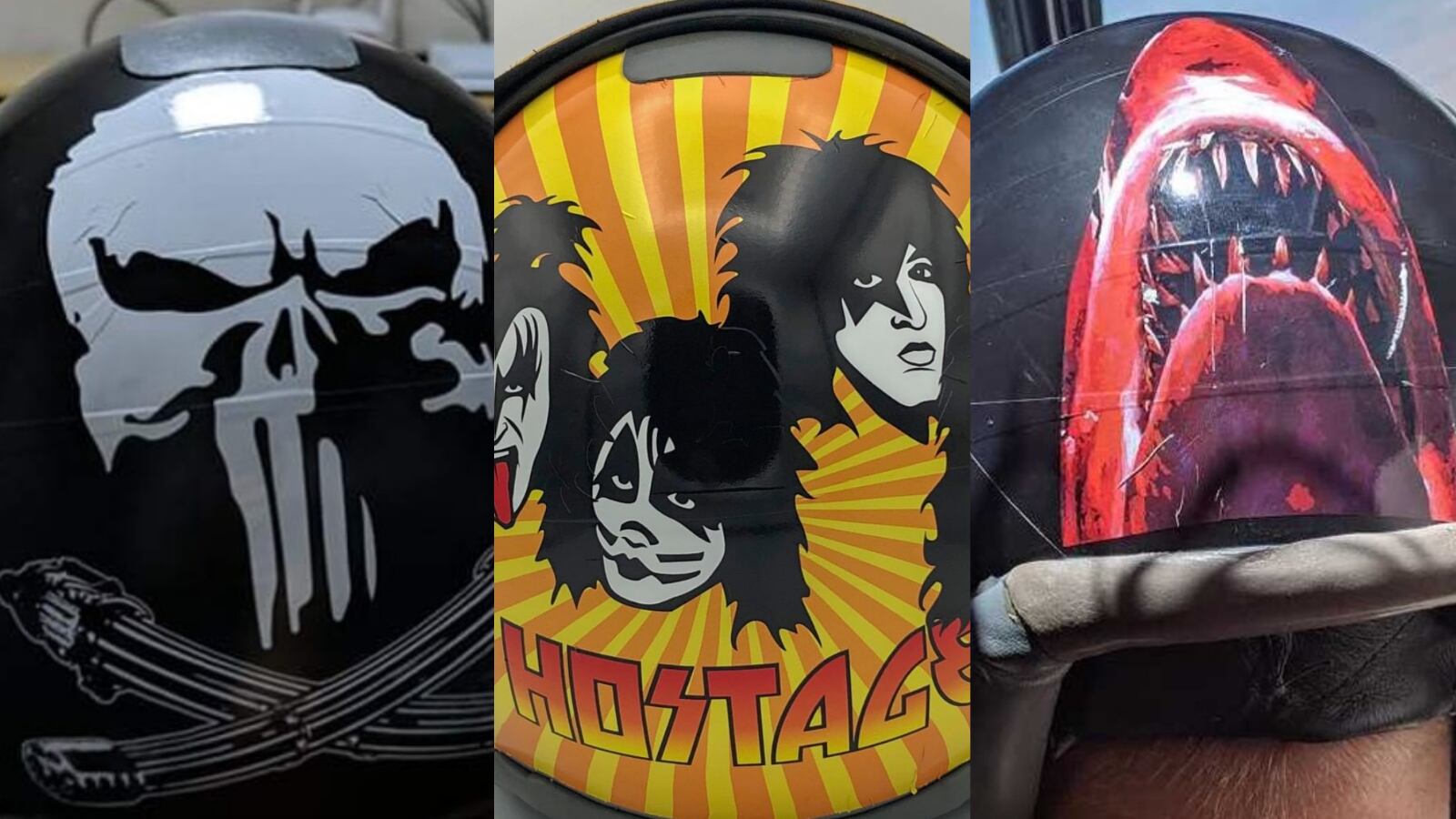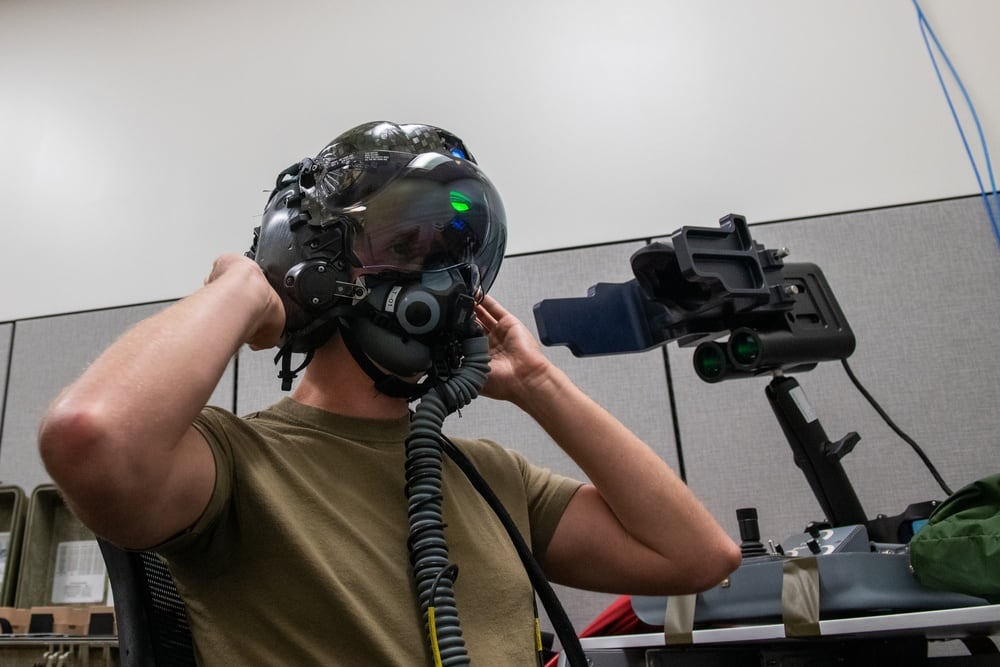The Air Force is nearing production of a new helmet for fixed-wing aircraft pilots that promises to ease neck pain and fit more noggins.
California-based LIFT Airborne earned the OK to move forward with its “AV 2.2″ helmet design in April, nearly four years after the Air Force started its latest hunt for a replacement. It’s the first time since the 1980s that the service will overhaul the pilot headgear used by most of its pilots.
“After more than 30 years of long-term neck and back injuries due to the current helmet … airmen look forward to greater applicability and better fitting helmets for operators of all sizes, genders and ethnicities,” the service said.
RELATED

The service narrowed its options from more than 100 different designs solicited through AFWERX, an Air Force group that tries to speed unique ideas to the field through nontraditional contracting.
The current helmets have grown heavier as more technology was bolted on over the years. Mounting new displays to the helmet also changed its center of gravity, the Air Force said. As a result, they can uncomfortably tilt airmen’s heads and strain their necks and backs.
LIFT’s prototype aims to fix that and provide a more stable fit by incorporating what the company has learned from orthopedics and extreme sports.
RELATED

Airmen can swap out padding inside the helmet for more or less cushioning, and turn on cockpit lights that don’t drown out the digital display inside their visor. They can also move the visor or secure their chin strap with one hand.
“Technology integration of various systems like weapons guidance systems, target cueing systems, improved speech intelligibility, cockpit lighting and stability improvements have to all be considered,” the company said. “Overall performance in ejection and search-and-rescue scenarios are also areas where improvements over outdated current equipment are a necessity.”
LIFT claims its product saves money and is easier to maintain and repair as well. The Air Force did not immediately answer how much a helmet costs, or provide the estimated production contract amount.
The company also plans to come out with a smaller version to better fit the heads of women and others for whom the standard size is too large, relieve undue stress on their bodies and better position the helmet’s display.
If all goes smoothly, LIFT plans to begin churning out the helmets in 2024. F-15E Strike Eagle fighter pilots are slated to get them first in the service-wide rollout.
They’ll go to all manned aircraft communities but the F-35A Lightning II and helicopters, which have their own specialized gear.
Rachel Cohen is the editor of Air Force Times. She joined the publication as its senior reporter in March 2021. Her work has appeared in the Washington Post, the Frederick News-Post (Md.), Air and Space Forces Magazine, Inside Defense, Inside Health Policy and elsewhere.




